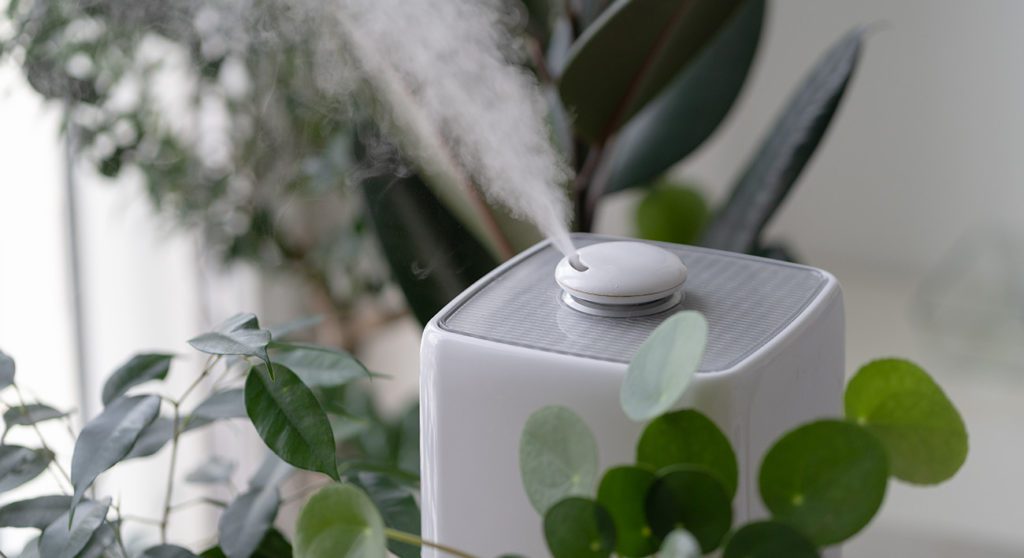Schlagwort: Home Hacks
-

Host the best BBQs ever with home automation
Reading Time: 3 minutesEverybody loves a good BBQ. Getting your family and friends together on a long summer day and evening, cooking delicious food and having a great time as smoke drifts through the air — it’s the perfect weekend activity. BBQs can also be stressful, however. Anyone who has ever tried to host one…
-

Humidify the air around you with home automation
Reading Time: 3 minutesKeeping the air in your home in the right condition is incredibly important. Your home is your safe haven from the outside world, a place where you can control your environment and enjoy the comfort and peace of a secure space. Humidifiers are an excellent way to keep the atmosphere of your…
-

Streamline your morning routine with home automation
Reading Time: 4 minutesLet’s face it — mornings can be tough. Even the earliest risers and the most enthusiastic morning larks sometimes struggle to drag themselves out of bed and attack the day. The good news is that automation can always save things. By using home automation wisely, you can save time in the morning,…
-

Automate your home on the cheap with this Arduino setup
Reading Time: 2 minutesArduino Team — July 6th, 2021 All too often, those who are new to Arduino struggle with creating large projects due to a lack of experience and components. This can be frustrating, but Instructables user MAKE_IT WITH_ME decided to tackle this issue by designing a super cheap way to automate home circuitry from just a single…



